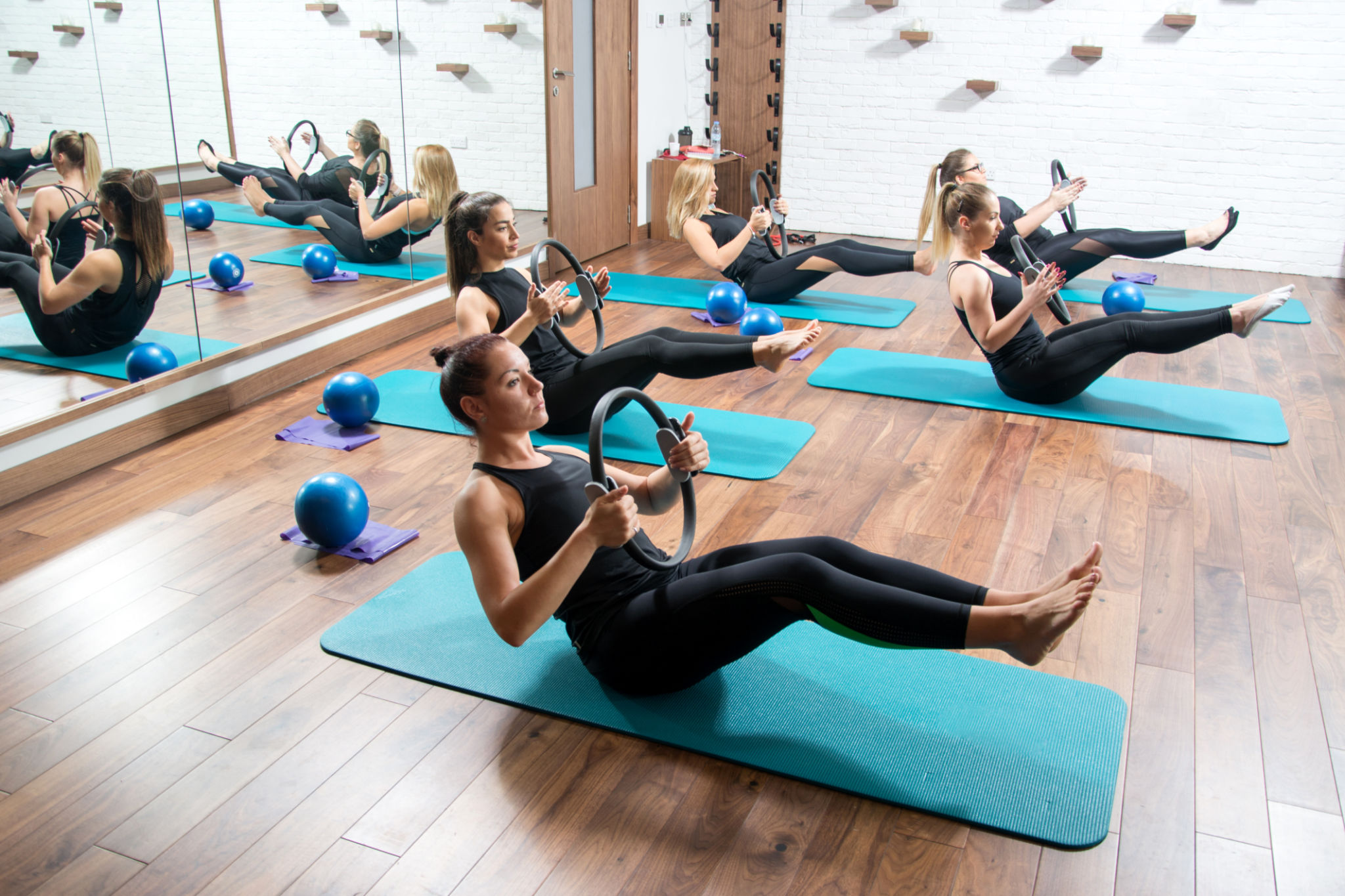Top 5 Common Myths About Pilates Busted
Unveiling the Truth About Pilates: Top 5 Myths Busted
Pilates has gained immense popularity over the years, and with its rise, a fair share of myths and misconceptions have emerged. These myths can deter people from trying Pilates or lead to misunderstandings about its benefits. In this post, we will debunk the top five common myths surrounding Pilates, helping you make informed decisions about incorporating it into your fitness routine.
Myth 1: Pilates is Only for Women
One of the most pervasive myths about Pilates is that it is a workout designed solely for women. This couldn't be further from the truth. Originally developed by Joseph Pilates, a man, this exercise method was intended for everyone, regardless of gender. Many male athletes and celebrities have embraced Pilates to improve their strength, flexibility, and overall physical conditioning.

Pilates focuses on core strength, balance, and coordination, which are beneficial for both men and women. So, if you're a man considering Pilates, rest assured it's a highly effective workout that can complement any fitness regime.
Myth 2: Pilates is Just Stretching
Another common misconception is that Pilates is merely a series of stretching exercises. While stretching is an integral part of Pilates, the practice encompasses much more. Pilates involves a variety of movements that focus on strengthening the core muscles, improving posture, and enhancing flexibility.
The exercises are designed to engage multiple muscle groups simultaneously, providing a full-body workout that can be both challenging and rewarding. Whether you're looking to build muscle or increase flexibility, Pilates offers a comprehensive approach to fitness.
Myth 3: Pilates is Not a "Real" Workout
Some people believe that because Pilates movements are slow and controlled, it doesn't qualify as a "real" workout. This myth overlooks the intensity and concentration required in a Pilates session. The focus on controlled movements targets deep muscle groups and can lead to significant muscle engagement and endurance.

Pilates can be tailored to match various fitness levels, from beginners to advanced practitioners, making it a versatile option for anyone seeking an effective workout. If you're skeptical about its intensity, try a class and experience firsthand the challenge it presents.
Myth 4: You Need Special Equipment
While some Pilates classes use specialized equipment like reformers, it's not necessary to start practicing Pilates. Many exercises can be performed on a simple mat at home or in a studio. Mat-based Pilates focuses on body weight resistance and can be just as effective as equipment-based sessions.
This accessibility makes Pilates an excellent choice for those who prefer working out at home or are unable to access a studio with equipment. All you need is some space, a mat, and an instructor or video guidance to get started.

Myth 5: Results Are Immediate
Like any workout routine, Pilates requires consistency and time to see results. Some individuals may expect immediate changes in their bodies after just a few sessions. However, the benefits of Pilates—improved posture, increased core strength, and better flexibility—are best achieved with regular practice over time.
Patience and dedication are key to experiencing the full advantages of Pilates. As you continue to practice, you'll likely notice gradual improvements in your overall fitness and well-being.
In conclusion, understanding the realities of Pilates can help dispel these myths and encourage more people to enjoy its numerous benefits. Whether you're looking to strengthen your core, enhance your flexibility, or simply try something new, Pilates offers a holistic approach to fitness suitable for all individuals.